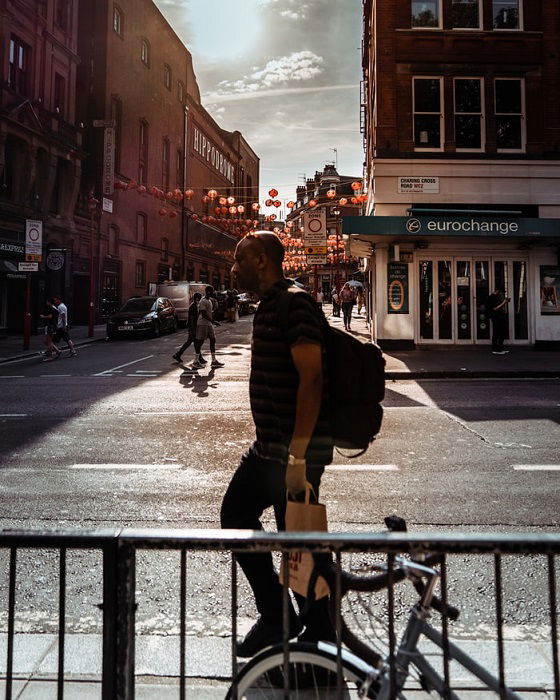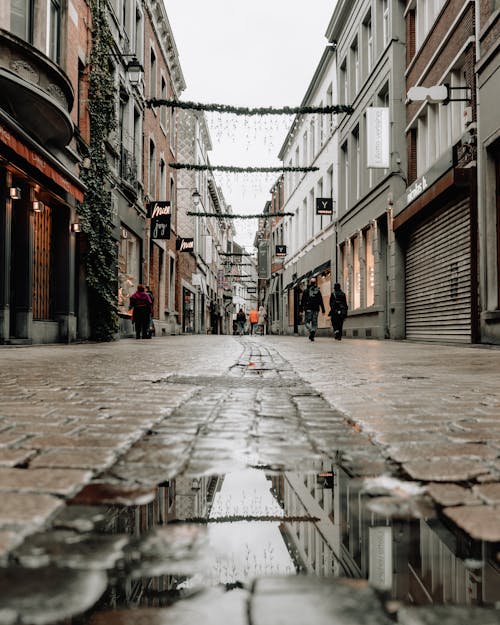4 Simple Techniques For Framing Streets
4 Simple Techniques For Framing Streets
Blog Article
Top Guidelines Of Framing Streets
Table of ContentsThe 30-Second Trick For Framing StreetsAn Unbiased View of Framing StreetsIndicators on Framing Streets You Need To KnowThe Facts About Framing Streets RevealedNot known Facts About Framing StreetsThe Buzz on Framing Streets
Photography genre "Crufts Dog Show 1968" by Tony Ray-Jones Road digital photography (likewise occasionally called honest digital photography) is photography carried out for art or query that features unmediated opportunity experiences and random events within public areas, normally with the objective of catching photos at a crucial or touching moment by careful framing and timing. 
Indicators on Framing Streets You Should Know
Susan Sontag, 1977 Street photography can concentrate on people and their habits in public. In this regard, the road professional photographer resembles social documentary professional photographers or photographers who also operate in public areas, however with the purpose of capturing newsworthy events. Any one of these professional photographers' photos might capture individuals and home visible within or from public places, which usually entails navigating honest problems and legislations of personal privacy, security, and residential or commercial property.
Depictions of daily public life create a category in nearly every period of world art, beginning in the pre-historic, Sumerian, Egyptian and early Buddhist art durations. Art managing the life of the street, whether within sights of cityscapes, or as the leading theme, shows up in the West in the canon of the Northern Renaissance, Baroque, Rococo, of Romanticism, Realism, Impressionism and Post-Impressionism.
Framing Streets Fundamentals Explained
Louis Daguerre: "Blvd du Temple" (1838 or 1839) In 1838 or 1839 the very first photo of figures in the road was videotaped by Louis-Jacques-Mand Daguerre in one of a pair of daguerreotype views drawn from his workshop home window of the Boulevard du Temple in Paris. The 2nd, made at the height of the day, reveals an unpopulated stretch of street, while the various other was taken at regarding 8:00 am, and as Beaumont Newhall reports, "The Blvd, so regularly full of a moving crowd of pedestrians and carriages was completely solitary, except a person that was having his boots cleaned.
His boots and legs were well specified, but he is without body or head, since these were in movement." Charles Ngre, waterseller Charles Ngre. https://medium.com/@davidturley33101/about was the initial photographer to acquire the technical elegance called for to register individuals in movement on the road in Paris in 1851. Professional Photographer John Thomson, a Scotsman collaborating with journalist and social protestor Adolphe Smith, published Street Life in London in twelve month-to-month installations beginning in February 1877
The Best Guide To Framing Streets
Eugene Atget is pertained to as a progenitor, not due to the fact that he was the initial of his kind, yet as an outcome of the popularisation in the late 1920s of his record of Parisian streets by Berenice Abbott, who was inspired to take on a similar paperwork of New york city City. [] As the city created, Atget aided to promote Parisian streets as a worthy topic for digital photography.

The Framing Streets Diaries
The chief Mass-Observationists were anthropologist Tom Harrisson in Bolton and poet Charles Madge in London, and their initial report was generated as guide "May the Twelfth: Mass-Observation Day-Surveys 1937 by over 2 hundred observers" [] Window cleaner at Kottbusser Tor, Berlin, by Elsa Thiemann c. 1946 The post-war French Humanist College professional photographers discovered their subjects on the road or in the diner. Andre Kertesz.'s widely admired Images la Sauvette (1952) (the English-language edition was entitled The Crucial Minute) promoted the idea of taking a picture at what he termed the "definitive moment"; "when type and material, vision and composition merged into a transcendent whole" - Street photography.
About Framing Streets
The recording machine was 'a concealed video camera', a 35 mm Contax concealed under his coat, that was 'strapped to the chest and attached to a long cord More about the author strung down the ideal sleeve'. Nonetheless, his work had little modern effect as as a result of Evans' level of sensitivities about the originality of his task and the privacy of his topics, it was not released until 1966, in the publication Many Are Called, with an intro written by James Agee in 1940.
Helen Levitt, then a teacher of kids, connected with Evans in 193839. She recorded the temporal chalk drawings - sony a7iv that belonged to children's road society in New York at the time, in addition to the youngsters that made them. In July 1939, Mo, MA's new digital photography section consisted of Levitt's job in its inaugural exhibitionRobert Frank's 1958 book,, was substantial; raw and typically out of emphasis, Frank's images questioned traditional digital photography of the moment, "challenged all the formal policies set by Henri Cartier-Bresson and Pedestrian Evans" and "contradicted the wholesome pictorialism and sincere photojournalism of American magazines like LIFE and Time".
Report this page